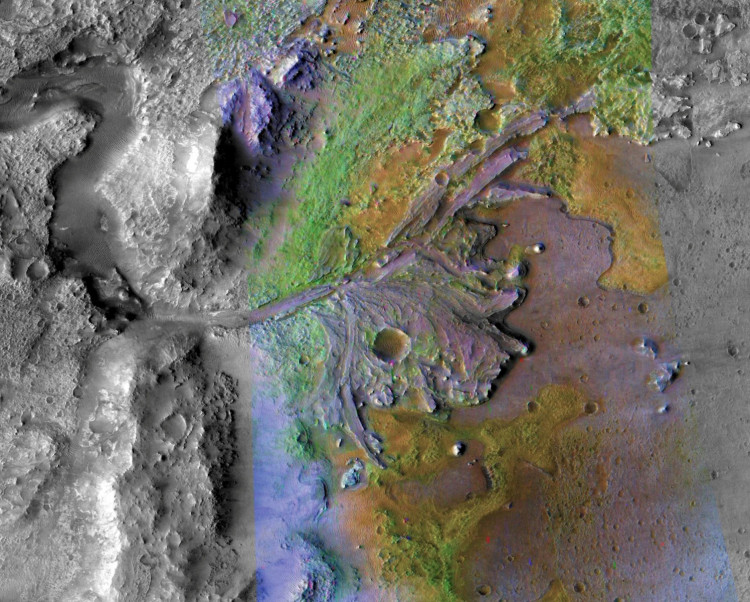NASA's Perseverance rover now carries the trailblazing Mars Helicopter on its belly. The space agency is currently hard at work at the Kennedy Space Center in Florida preparing for the robot's upcoming launch set for July 17.
Back in March, NASA technicians successfully installed the parachute system of the Perseverance as well as its wheels. Prep work on the rover is officially in high gear. It won't be long before the robot makes its way in space, as its descent stage was also fueled up over the weekend, NASA said.
The Perseverance rover's descent stage is essentially sky crane that will bring the machine to Mars' surface via cables in February 2021. According to NASA officials, the rocket-powered crane needs around four tanks of gas, holding a total of 884 pounds of hydrazine propellant.
"Fueling the descent stage is a big step," David Gruel, the Mars 2020 assembly, test and launch operations manager at NASA's Jet Propulsion Laboratory (JPL), said in a statement. (JPL built Perseverance and is the lead center for the rover's mission, which is called Mars 2020.) "While we will continue to test and evaluate its performance as we move forward with launch preparations, it is now ready to fulfill its mission of placing Perseverance on the surface on Mars."
Perseverance will land on the Red Planet's Jezero Crater, which in the ancient past held a river and a lake delta. Its mission is to look for signs of what life was on Mars eons of years ago, as well as collecting samples, and characterizing the planet's geology.
It's all part of the Mars 2020 mission, in which NASA will first demonstrate new technologies before sending astronauts in the Red Planet in the near feature. The Mars Helicopter is one of these technologies, which is set to become the first rotorcraft ever to observe another planet. The space agency is also working on a scientific tool that will generate oxygen from the carbon-dioxide filled Martian atmosphere.
If there aren't any mishaps, the Mars helicopter will be deployed in May 2021, around 2 and a half months before Perseverance makes its landing. The space chopper will then circle the Red Planet for up to 30 days for a test campaign.
The Mars Helicopter's first flight on Mars will be a test campaign and will not gather scientific data. Should it succeed in making rounds on Mars, an extensive aerial observation in the near future will then be conducted.





